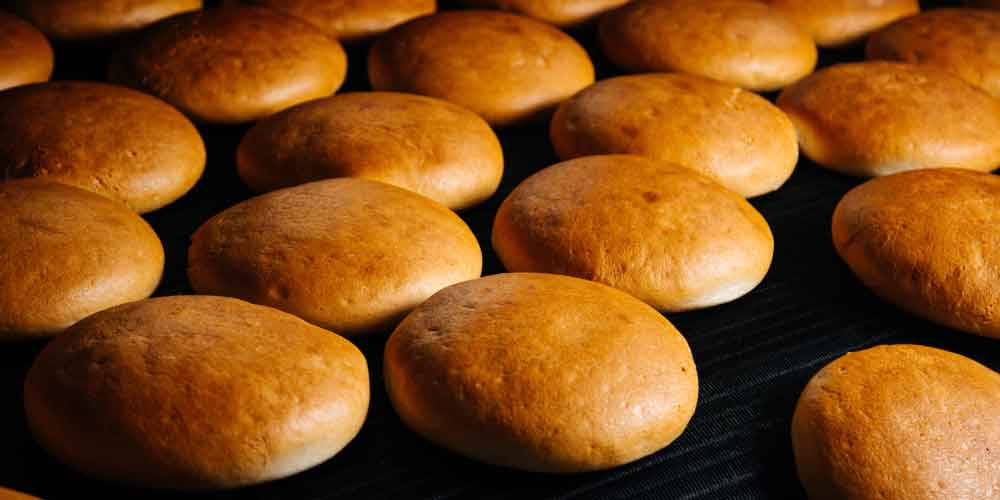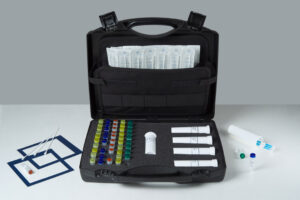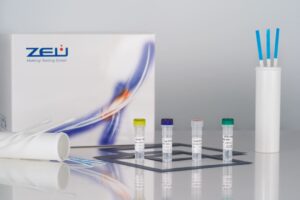
Do you know if your cleaning protocol for allergens is working correctly? Verify it in just 10 minutes
07 Jul 2022Food industries that work with allergens know the importance of having cleaning protocols in place capable of preventing any risk of allergen cross-contamination between different products made on the same production lines.
Although they may be efficient from a hygienic standpoint, cleaning protocols may be ineffective in removing allergens. Visual inspection is insufficient to guarantee complete removal of allergens so a proper cleaning protocol must be designed. It must then be validated and routinely verified by analytical methods that determine the presence or absence of allergens on the production lines.
The validation stage is to show that the designed cleaning protocol is adequate and meets the objective of eliminating allergens, usually by quantitative analytical methods. An example is an ELISA test, which can determine allergen concentration on a production line before and after the application of the cleaning protocol; thus determining whether the designed cleaning protocol is capable of removing allergens below the safety threshold.
After validation, the cleaning process has to be verified in practice; thus demonstrating that, each time the cleaning process is used, it works as designed and validated with no deviations. In other words, the cleaning process must be capable of removing allergens every time it is used. For this, qualitative methods such as rapid strips can be used, to confirm the absence or presence of the allergen according to the safety threshold.
Quick strips can verify the cleaning process in just 10 minutes, thus allowing food companies to continue with their daily production protocols. In addition, this can be done by any production line operator, as they do not require specific equipment or trained personnel.
ZEULAB offers fast and simple analytical solutions to verify the absence of the main food allergens in production lines.






